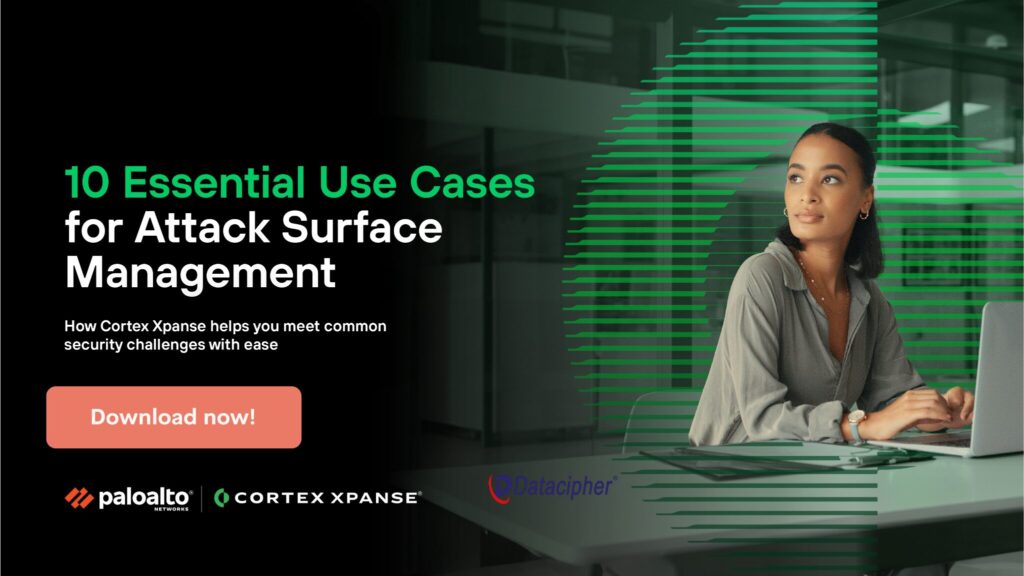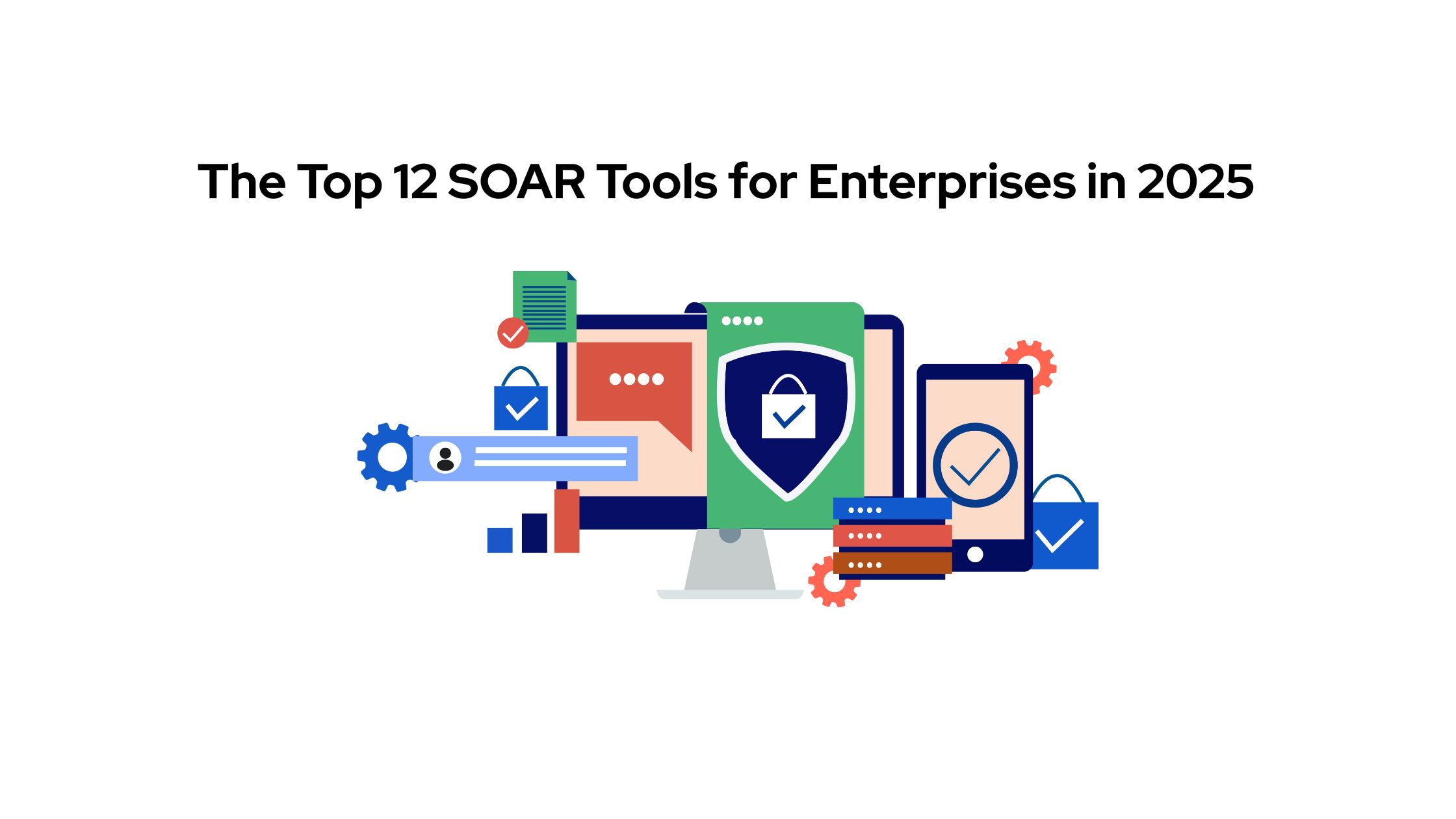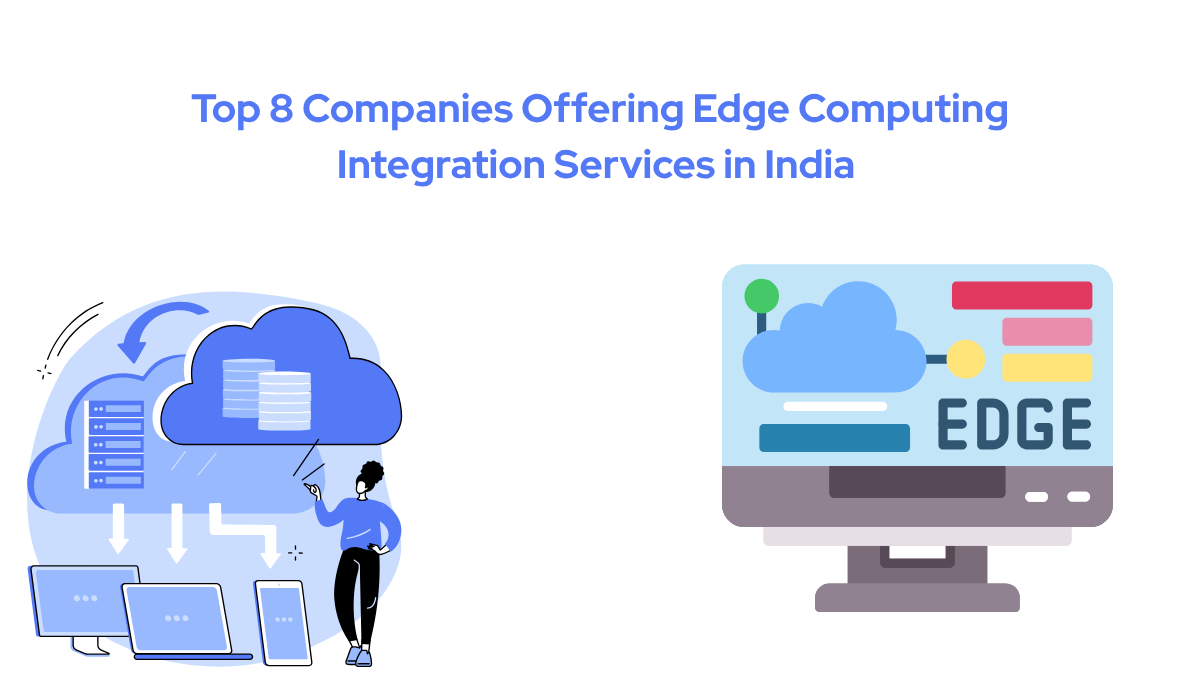In 2024, 61% of companies reported a security breach caused by a third-party vendor. Let that number sink in. More than half of businesses had their security compromised by someone else’s failure.
It doesn’t matter how much you invest in firewalls, threat detection, or compliance audits. if your vendors and suppliers aren’t secure, you’re vulnerable. Your company’s reputation, finances, and regulatory standing are all on the line, and one weak link in your supply chain could take everything down.
If you’re reading this, you already know third-party risk is a ticking time bomb. What’s keeping you up at night isn’t just the risk itself, but how to find the right company to manage it.
Every Third-Party Risk Management (third party risk management) provider claims to be the best—but most of them only offer basic checklists, outdated reports, and compliance box-ticking that won’t actually protect you when things go south.
You need a security watchdog—not just a passive auditor. In this article, I’ll break down seven non-negotiable factors that separate the best third-party risk assessment companies from the ones that will leave you exposed. By the end, you’ll know exactly who to trust with securing your vendor network and who to avoid at all costs.
1. Real-Time Continuous Monitoring
A one-time vendor assessment is a security illusion. A company that looked secure last quarter could now be compromised due to a data breach, financial instability, or regulatory violation. Static assessments leave you vulnerable because risks evolve daily.
A top-tier third-party risk assessment company provides:
- Live risk tracking that continuously monitors vendor security, compliance, and financial health.
- Automated alerts that notify you the moment a vendor’s risk profile changes.
- Threat intelligence integration that scans breach databases, dark web forums, and regulatory filings for hidden threats.
According to IBM’s Cost of a Data Breach Report, companies that implement continuous monitoring detect breaches 200+ days faster than those relying on periodic audits.
Without continuous monitoring, your business is flying blind – leaving a hacker, a lawsuit, or a vendor collapse as the first warning sign.
Recommended Read: For a deeper dive into how attack surface management can help identify hidden risks across your vendor ecosystem, check out our eBook: 10 Essential Use Cases for Attack Surface Management.

2. Risk Assessment beyond Cybersecurity
Most companies focus only on cybersecurity risks when evaluating third-party vendors. That’s a dangerous mistake. Cyber threats are just one piece of the puzzle—a vendor can cripple your business in multiple ways, even if their security is airtight.
A top-tier third-party risk assessment company evaluates four critical risk areas:
- Cybersecurity Risks – Data breaches, ransomware, poor encryption.
- Regulatory and Compliance Risks – GDPR, HIPAA, SOC 2, ISO 27001 violations that could trigger lawsuits and fines.
- Operational Risks – Supply chain disruptions, business continuity failures, vendor reliability issues.
- Financial Risks – Vendor bankruptcy, fraud, mergers, or acquisitions that could change their risk profile.
IBM’s 2023 Data Breach Report found that compliance failures increased breach costs by $2.5 million on average. Yet, over 60% of enterprises fail to assess vendors beyond cybersecurity. The best third party risk management companies don’t just look for hacking risks—they ensure your vendors won’t collapse, shut down, or fail compliance checks that put your business in jeopardy.
3. Automated Vendor Risk Scoring – Not Manual Spreadsheets
If your third-party risk management company still relies on manual security questionnaires and static reports, you’re already behind. Risk isn’t static—so why are you relying on outdated assessments?
The best third party risk management companies use AI-driven risk scoring to provide real-time, data-backed vendor evaluations.
Here’s what to look for:
- AI-Powered Risk Scoring – Dynamic models that continuously adjust based on new threats, vendor behavior, and industry benchmarks.
- Third-Party Intelligence Feeds – Integrations with cyber threat intelligence, financial stability indices, and regulatory databases.
- Automated Reports – Instantly accessible dashboards instead of slow, manually compiled assessments.
Manual risk assessment methods are too slow to keep up with evolving threats. Worse, human ern manual reviews leads to undetected risks in vendor assessments. The right third party risk management provider eliminates guesswork, ensuring you always have a real-time, data-driven view of your vendor ecosystem.
4. Deep Compliance & Regulatory Expertise
Regulatory fines aren’t just a slap on the wrist. They can cripple a company. In 2023 alone, GDPR violations resulted in over $4 billion in fines, with businesses held accountable for their vendors’ compliance failures. If your third-party provider isn’t compliant, your company pays the price.
A strong third-party risk assessment company ensures your vendors meet:
- Global Compliance Standards – GDPR, HIPAA, SOC 2, ISO 27001, NIST, PCI-DSS, and industry-specific regulations.
- Automated Compliance Audits – Continuous scanning of vendors for regulatory gaps, reducing audit failures.
- Pre-Built Security Questionnaires – Streamlined vendor assessments to speed up due diligence and onboard partners faster.
The right third party risk management provider doesn’t just assess risk. It actively protects you from regulatory exposure by ensuring your vendors meet compliance standards before they become your liability.
5. Financial Risk Assessment – Will Your Vendor Still Exist Next Year?
A vendor doesn’t have to be hacked to put your company at risk—they just have to go bankrupt. Most businesses that fail show signs of financial distress at least six months in advance. If your third-party risk assessment provider isn’t evaluating a vendor’s financial health, you’re exposed to unexpected disruptions, supply chain failures, and contract breaches.
A strong third party risk management provider offers:
- Financial Risk Modeling – Evaluating cash flow, credit ratings, debt levels, and overall stability.
- Mergers & Acquisitions Monitoring – Tracking vendor ownership changes that could affect reliability or compliance.
- Early Warning Alerts – Notifying you if a key vendor shows signs of financial trouble.
Nearly half of enterprises fail to assess vendor financial risk properly, leaving them blindsided by sudden collapses. A vendor disappearing overnight isn’t just an inconvenience. It can cost millions in damages, missed deadlines, and regulatory penalties. The right third party risk management provider ensures you see the warning signs before disaster strikes.
6. Proactive Incident Response Planning
When a vendor breach occurs, the speed and effectiveness of your response can mean the difference between containment and catastrophe. A top-tier third-party risk assessment company ensures:
- Customized Incident Response Plans – Tailored strategies that align with your organization’s specific risk profile and vendor ecosystem.
- Regular Simulation Exercises – Conducting tabletop exercises and breach simulations to prepare your team for real-world scenarios.
- 24/7 Response Support – Offering around-the-clock assistance to manage and mitigate incidents as they unfold.
According to a study by Prevalent, 61% of organizations experienced a third-party data breach or security incident in the last 12 months. Despite this rise, only 5% of companies actively use AI in their third party risk management programs, limiting their ability to swiftly detect and respond to incidents.
Without a proactive incident response plan, your organization is left scrambling during a vendor-related breach, leading to increased downtime, financial loss, and reputational harm. Partnering with a third party risk management provider that emphasizes proactive incident response ensures you’re not just reacting to breaches but are prepared to handle them effectively.
7. Integration with your Existing Security and Compliance Tools
A third-party risk assessment provider shouldn’t add complexity. It should seamlessly fit into your existing security and compliance ecosystem. Siloed risk management is a liability.
A strong third party risk management provider offers:
- API-Based Integrations – Works with your SIEM, GRC, and procurement platforms like Splunk, ServiceNow, and SAP.
- Automated Data Sync – Risk updates flow across security, compliance, and vendor management teams.
- Single-Pane Visibility – No jumping between tools, everything is centralized.
Organizations that integrate third party risk management tools with existing security infrastructure can significantly reduce incident response times. Without integration, risk data is scattered, leaving blind spots that attackers can exploit.
The Right Third Party risk management Partner Protects More Than Just Data
Third-party risk isn’t just a cybersecurity problem. It’s a business survival problem. The wrong vendor can cost millions in breaches, regulatory fines, and operational failures. The right third-party risk management provider helps you stay ahead of threats, secure your supply chain, and protect your bottom line.
That’s where Datacipher comes in.
Datacipher doesn’t just run compliance checklists. It acts as your security watchdog, continuously monitoring your vendor ecosystem to eliminate blind spots before they turn into disasters. Here’s why we are the best third party risk management company for your security needs:
- Real-Time Vendor Risk Monitoring – Continuous tracking of cybersecurity, financial, and compliance risks.
- Regulatory Compliance Expertise – Ensures your third parties meet ISO 27001, NIST, GDPR, HIPAA, and SOC 2 requirements.
- AI-Driven Risk Assessments – Automated, data-backed risk scoring that goes beyond static reports.
- Strategic Leadership – Access to Virtual CISO services for expert guidance on security frameworks and compliance.
Did you know: A global logistics firm turned to us after an M&A deal exposed hidden vendor risks that weren’t caught by their existing provider. Within 30 days, we helped them reclassify 280 vendors, cut their high-risk exposure by 63%, and meet cross-border compliance requirements ahead of schedule. That’s the difference between reactive audits and real risk management.
Most companies only realize that they need a partner, not just a provider, after a disaster. By then, it’s too late. But you can make the smart move now.
Consult with Datacipher today and take control of your third-party risk before it takes control of you.
Frequently Asked Questions
#1. What is a third-party risk management company, and why do I need one?
A third-party risk management company protects your business from vendor-related risks, including cybersecurity breaches, compliance failures, financial instability, and operational disruptions. Without one, you’re exposed to blind spots that could cost millions in lawsuits, downtime, and reputational damage.
#2. What risks do third-party vendors pose to my business?
Vendors can expose you to data breaches, regulatory violations, financial collapse, and supply chain failures. Even if your security is strong, a weak vendor can be your downfall. Ignoring third-party risk is like locking your front door but leaving the back wide open.
#3. What’s the difference between a one-time risk assessment and ongoing monitoring?
A one-time assessment is a snapshot. Ongoing monitoring is real-time protection. Vendor risks change daily. Cyber threats, compliance violations, and financial instability don’t wait for your annual review. Without continuous monitoring, you’re making decisions based on outdated, unreliable data.
#4. How do third-party risk management companies help with regulatory compliance?
They ensure your vendors meet GDPR, ISO 27001, HIPAA, SOC 2, and NIST standards. Without this, you are legally responsible for vendor compliance failures. A strong third party risk management company automates audits, tracks vendor risks, and prevents regulatory fines before they happen.
#5. How much does a third-party risk management service cost?
Costs vary based on vendor volume, risk complexity, and service level. However, a single vendor-related breach can cost millions. Investing in a third party risk management provider is cheaper than recovering from a compliance violation, lawsuit, or security disaster.
#6. What happens if I don’t manage third-party risk properly?
You’re gambling with your business, reputation, and legal standing. Without a solid third party risk management strategy, expect data breaches, regulatory fines, supply chain failures, and financial losses.
That’s why you need a strong TRPM partner. You know how to choose the right one. This list will help you with third party risk management company options who can help secure your enterprise networks effectively.





